1924 Road Tripping – Park III: The End Of The Road
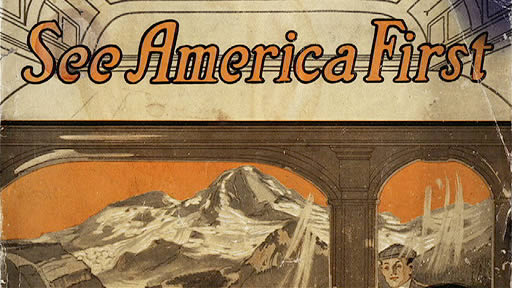
See America First
This is the third and final letter from Miss Edith Bordner, from the end of her travels in Vancouver, British Columbia at the end of summer 1924.
She mentioned in the previous letter that “An old squaw threw a club at me when I took a picture of them”, meaning she had a camera. Perhaps a Kodak Brownie? I would love to get my hands on her photos but I haven’t located any surviving relatives of the Bordners to even begin the query. Oh, well. Here is the final installment of her cross-country automobile trip, as published by the Daily Times.
The Daily Times (New Philadelphia) Saturday, Aug 30, 1924
“SEE AMERICA FIRST,” IS ADVICE OF LOCAL WOMAN TOURING WEST IN AUTO
Following is another letter written The Daily Times by Miss Edith Bordner, this city, who is touring the west by automobile:
“After ten days of sight seeing in southern California, the land of sunshine and flowers, we started with Mr. Phil Thompson, cousin of Mrs. Carnes, from Los Angeles for Vancouver, B.C.
“Our first stop was at the Cawston ostrich ranch out of Pasadena, where we learned much about the habits of these rare birds and saw the beautiful display of plumes, scarfs and fans. [It was the first ostrich ranch in the USA. In 1886, Edwin Cawston imported 50 ostriches from South Africa by ship to the gulf coast of Texas. From there the birds were ferried by train to the ranch in Pasadena, California. Only 18 birds survived but that was enough to launch a successful ostrich ranch that ended up becoming quite a tourist destination. The farm closed in 1935.]
Crawston ostrich ranch, circa 1919
“We visited the San Fernando and all the old missions – a day’s walk along the coast to San Francisco that were built by the Catholic priests of Spain. The Indians did all the work under the priests’ direction. Monterey, the first capitol of California, is a place of historic interest. The oldest opera house is there and is being preserved. The curtain is made of boards fastened to the ceiling with hinges. When an act met with the disapproval of the audience, they dropped the curtain with a rope.
“From the Del Monte Hotel at Monterey, which has the famous 8,000 acres of play grounds, including hunting, golf, polo, fishing, riding, swimming etc., we took the famous drive through the beautiful cypress forest on the estate.
Del Monte Hotel in 1883 postcard
“At Palo Alto we went through the Leland Stanford University and saw the stadium seating 65,000.
“We spent three days in San Francisco, the main attraction being the beautiful “Golden Gate,” [Note this was the name long ascribed to the Pacific opening of the San Francisco Bay. The bridge of the same name wouldn’t begin construction for another 9 years, in 1933.] and bay, which we visited from many points, several being from The Twin Peaks and Chinatown.
“At Los Gatos I visited my uncle and aunt. My uncle [John Umholtz, b. 7/1839 Ohio; d. 7/1/1926 Santa Clara County, California] is a civil war veteran, having served four years as chief musician of his regiment. He is the authority on bee culture and is known over California as “Umholtz, the Bee Man.” One year he had 250 gallons of rendered honey. 1 Returning to Frisco, I ferried across the bay and met my party, who had been visiting sixty miles north at Pataluma.
“Pataluma, Cal. is the largest chicken hatchery in the world, having a capacity for hatching 300,000 chicks at one time.
“Our coast road, which led us through the beautiful redwood forest for 300 miles, was one of the most beautiful and interesting parts of our trip. At times the road was through such dense forests, that we could not see ten feet from the road and again on cliffs nearly 2,000 feet almost perpendicular with the ocean and very narrow. Many of the trees were 300 feet high and 3,000 years old. They are the oldest living things on earth. They are so silent, grand and magnificent, they seem almost immortal.
“We saw the big tree in which Fremont and his men spent a winter and camped on the spot where the scene of ‘The Valley of the Giants’ was laid.
“These woods abound in many wild animals, bears, deer, panther, wild cat, etc.
“Two other interesting places along the coast were Trinidad, whaling station, where we watched them cut up a 60 foot whale, weighing 60 tons, and saw another brought in, and the Klamath Salmon fisheries and canneries, where Indians are employed.
“From Portland we took the Columbia River drive of 100 miles, said to be the most beautiful drive in the world. Mt. Rainer, beautiful and snow capped, where our government has preserved a Ranier National Park, the scene of titanic upheaval in remote ages, allured us next.
“There we spent three days climbing over ice, through caves, over snow fields, over and under glaciers, where just beside grew beautiful flowers of many hues at an elevation of 7,000 feet, following trails to beautiful lakes etc. Two Alpine guides conduct parties to the summit. Claude and two boys without a guide climbed to the fire rangers cabin 11,000 and in descending had a terrible time sliding down snow fields and jumping crevices to get back.
“The Hotel, Paradise Inn, is six stories high and in winter is completely covered over with snow.
“It snowed there last week, the day before we arrived, and was quite cold. Two big log fires were burning all the time in the hotel lounge.
“The mountain was covered with a cloud the day we left and we descended 10 miles through the cloud. A unique industry north of Seattle is fox raising. A rare sight was 700 silver foxes worth $800 each.
“In California, Oregon and Washington there has been less rain the past year than for forty years, consequently the farm products and fruit are quite inferior. All kinds of berries are now in season and they have just harvested their wheat and oats.
“We reached our destination at Vancouver, British Columbia, Saturday, August 15th. Here we have seen the most artistic houses, arrangements of flowers and beautiful lawns on our 7,000 mile trip.
“Both drivers and cars functioned splendidly on our trips. From home to Vancouver, B.C., the only trouble we had was two punctures.
“One of the great conveniences for the many tourists is the public camp, provided with large community kitchens, some 100 feet long with large stoves, wood, shower baths with hot and cold water, sometimes laundries and electric irons and many cottages in every city and many villages.
“All tourists carry camping outfits as they never know whether they will be near a hotel at nightfall or not and mountain driving is too dangerous at night.
“One night in the red wood forest three parties, including ours, camped along a small mountain stream. On one side of us was a Yale professor and on the other a Lick observer man with their families. The Yale professor washed his clothes in the stream. The Lick observatory man tied his to a string and threw them into the stream while he fished for trout. We have been very fortunate in always having very lovely neighbors when we camped.
“The most beautiful part of our trip was through Kansas wheat fields, where all you could see for thirty miles in every direction was the waving of the golden grain and which we could compare only with a sea of gold, and the beautiful red wood forests.
“From Seattle, August 19, my party returns to Los Angeles to spend the winter and I leave over the Northern Pacific [Railroad] with stop overs at Yellowstone National Park, Denver and Wichita for home.
“The beautiful west is a country of a thousand wonders and we have had a wonderful trip. I would say to anyone contemplating a trip abroad – “See America First.”

The Daily Times (New Philadelphia, Ohio) Sat, Aug 30, 1924
- Surprisingly, honey bees were a late introduction to California. The following is from John Muir’s 1894 book, The Mountains of California. “The first brown honey-bees brought to California are said to have arrived in San Francisco in March, 1853. A bee-keeper by the name of Shelton purchased a lot, consisting of twelve swarms, from someone at Aspinwall, who had brought them from New York. When landed at San Francisco, all the hives contained live bees, but they finally dwindled to one hive, which was taken to San José. The little immigrants flourished and multiplied in the bountiful pastures of the Santa Clara Valley, sending off three swarms the first season.” ↩
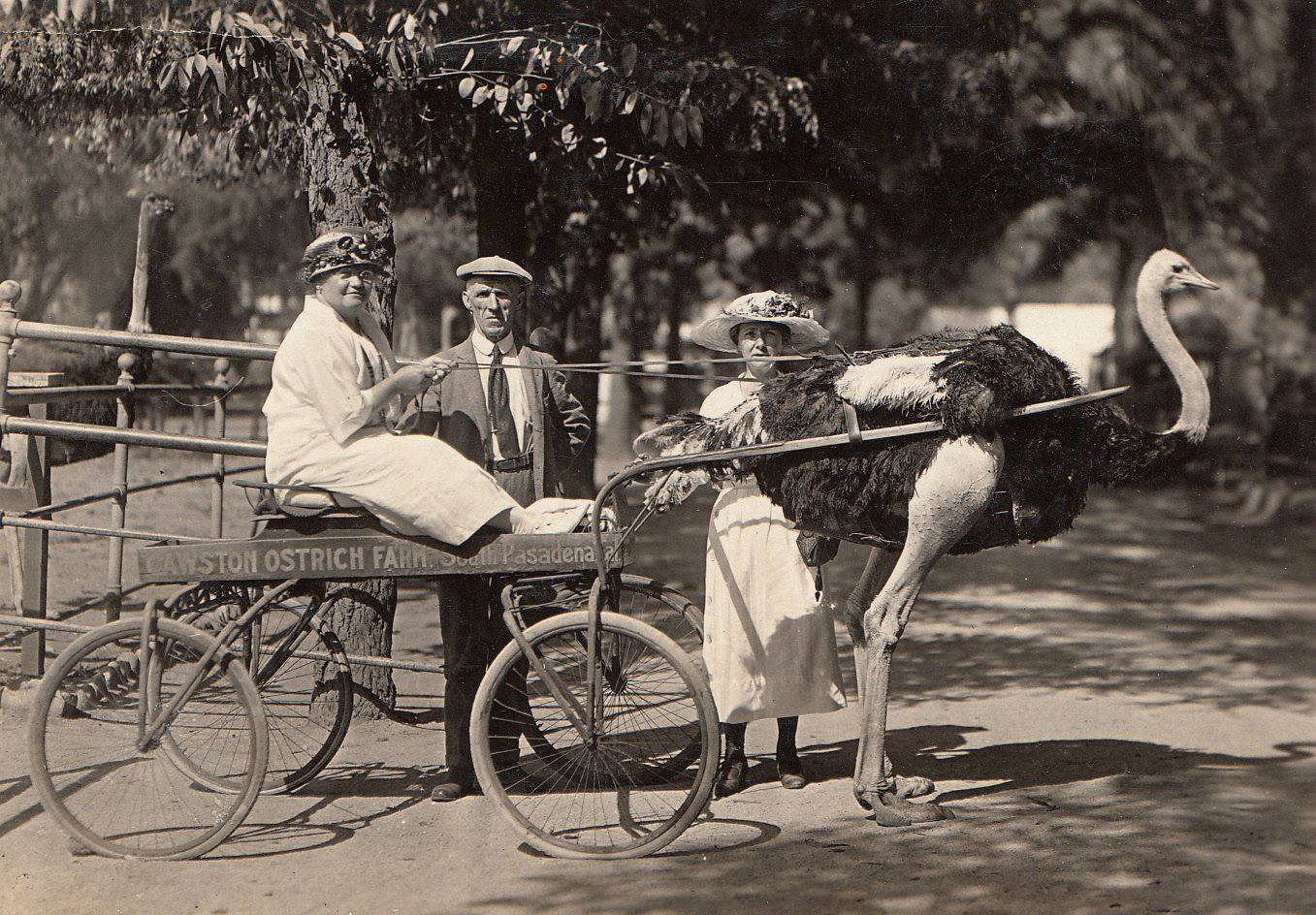
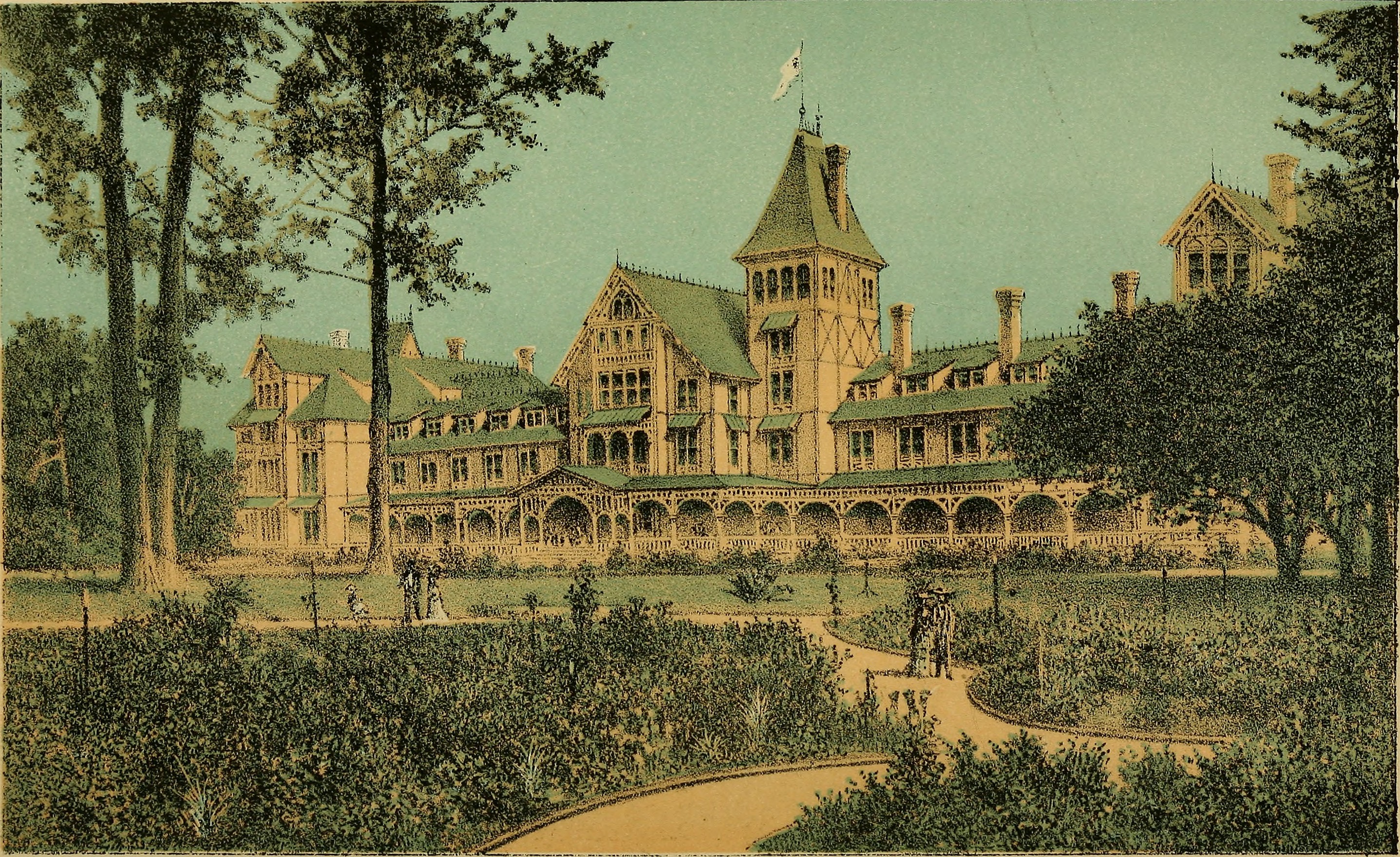
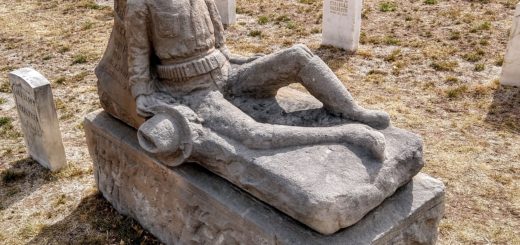
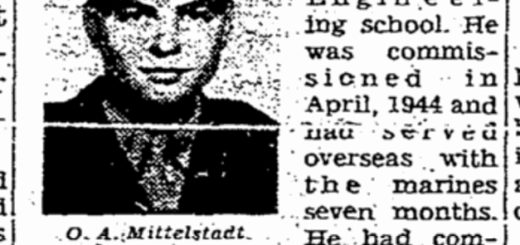
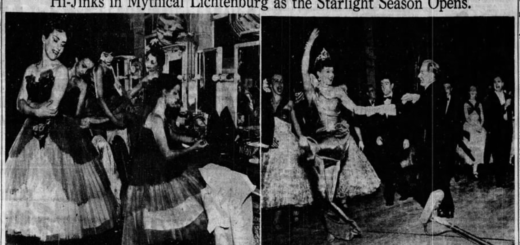
Recent Comments